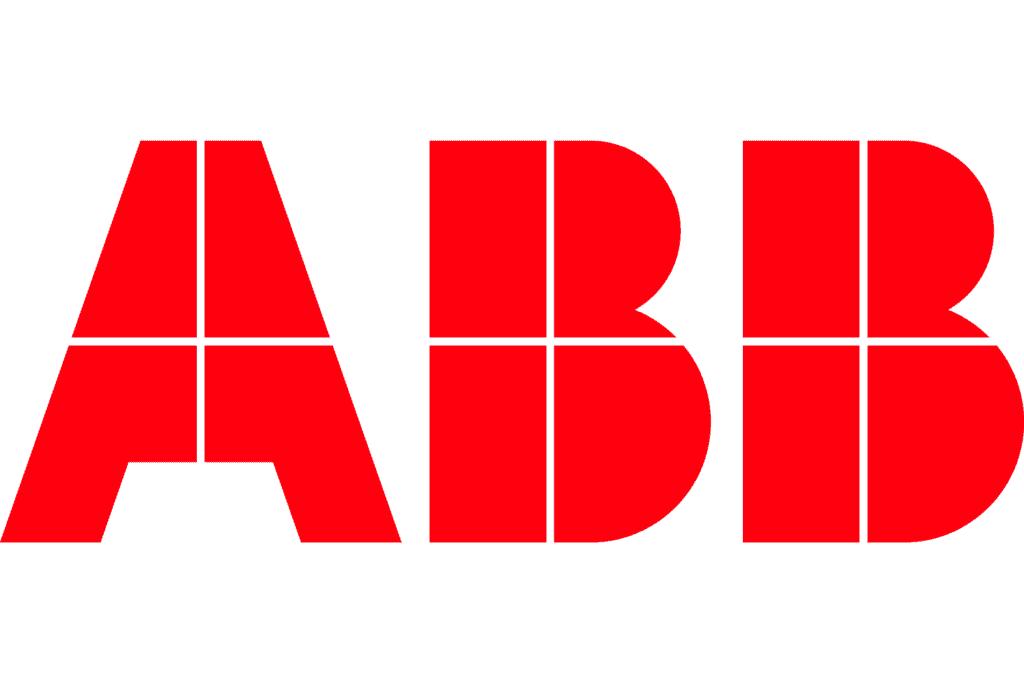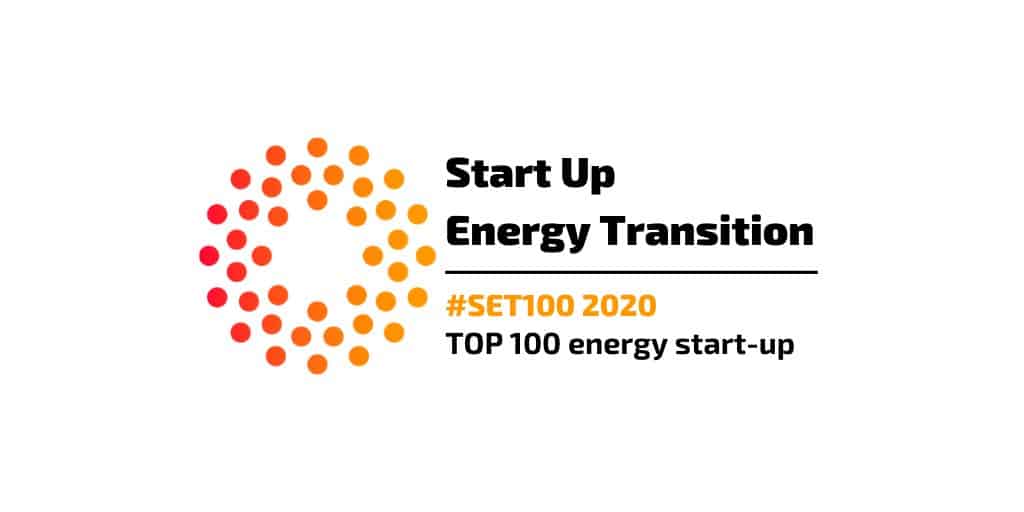08/11/2022

Electric Vehicles: Charge Pole Stickers Versus Facility Managers
The European directive known as the ‘right to plug’ obliges facility managers of publicly accessible parking lots to install charging infrastructure on at least 10% of their parking spots by 2025 and 20% by 2030. This includes company parking, grocery store parking and public parking and has therefore triggered many facility managers to start a project on how to comply with this obligation in a timely manner. At the same time, fleet managers are seeing a huge uptake of electric vehicles in their car parks since 2021, which creates the need for charging infrastructure at work as well. Both factors together accelerate the deployment of charging infrastructure today even beyond the minimum requirement set by the EU.
The question is no longer what the minimum effort needed to meet the EU benchmark is, but rather, what effort is needed to ensure a good driver experience for employees and visitors driving electric vehicles alike. Obviously, installing a charge pole at every single parking spot is often not possible and never desirable from an investment point of view. Yet installing the bare minimum of 10% is most likely going to create a lot of unhappy drivers. The optimum lies in the balance between the two and can be significantly influenced by the charging behaviour of the drivers.
This is where charge pole stickers come in. A known problem at public charging infrastructure is becoming more widespread. People tend to treat their EV like a normal ICE car. They park it in a good spot and leave it there until they are ready to leave again. If you need to charge your EV, that good spot is probably next to a charger. And hence, the charger is blocked for anybody else until you decide to leave. Initially, some interesting tools were created to solve this problem, like a charging disk, as opposed to a parking disk, that you could put in the front window with your phone number on it. But this didn’t educate most EV drivers to adopt a certain charging etiquette. So, Tesla decided to introduce ‘waiting fees’ at their super chargers a couple of years ago. From the moment the car is charged to the set limit, Tesla gives the driver about five minutes to move their car and notifies them in the Tesla app about it up front. As such, Tesla solved the first shortage of super chargers in their network without having to install any additional chargers right away.
The facility managers now face the same problem. You can install a decent batch of charge poles on your parking lots, but in the end, if your drivers don’t apply a certain charging etiquette, you will find yourself having to install more charge poles very quickly. And those don’t come for free. Hence, the question: is it possible to imitate what Tesla did at their super chargers? The answer is yes! By using onboard vehicle connectivity, you can monitor the state of charge of any of your vehicles. Hence, you know when they will almost be done charging, and you can then notify the driver. In addition, through monitoring the location of the vehicles in your fleet, you can send that message only if they are parked in one of your parking spots. You’ll even know which other colleagues have vehicles with a low battery that they would like to charge and can inform them that a spot has now become available. As such, not only can you limit your costs and avoid installing too many charge poles, but you can also improve the driver experience and charging etiquette of your colleagues.
Monitoring state of charge and odometer readings needn’t involve installing track & trace hardware equipment in every vehicle, as most vehicles are already connected to the internet today, to allow for instance a driver app from the manufacturer to communicate with the car. re.alto uses that existing setup, through a collaboration with the manufacturers, to collect state of charge and odometer readings from the car and provide it to fleet managers or facility managers either directly or via an API into their preferred IT solution. Through our Connect product, we connect to various OEMs to enable access to data from not only EVs, but also heat pumps, PV and batteries.
Reach out to us today for more information on how re.alto Connect could benefit your business.











